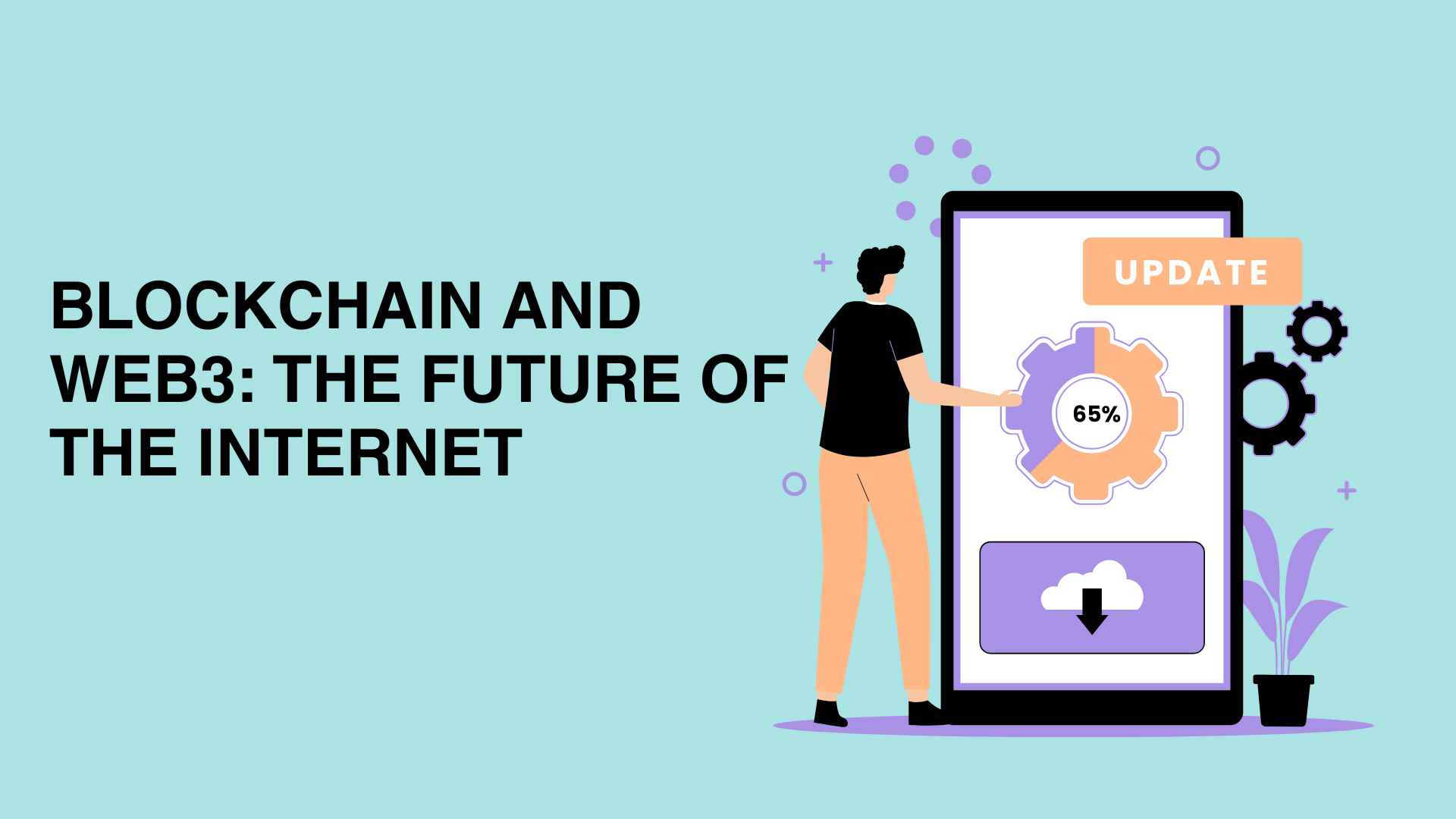The internet has gone through significant changes since its inception. From static web pages in Web1 to the interactive and centralized Web2, we are now transitioning into a new era known as Web3. This transformation is driven by blockchain technology, which promises a decentralized, transparent, and user-controlled digital ecosystem. In this article, we will explore the fundamentals of blockchain, its role in Web3, and the impact it can have on various industries.
Understanding Blockchain Technology
Blockchain is a distributed ledger technology that records transactions across multiple computers in a secure, immutable, and transparent manner. Unlike traditional centralized databases, blockchain ensures data integrity through cryptographic hashing and consensus mechanisms such as Proof of Work (PoW) and Proof of Stake (PoS).
Key Features of Blockchain:
- Decentralization: No single entity controls the blockchain; instead, it operates on a peer-to-peer network.
- Transparency: All transactions are recorded on a public ledger, ensuring trust and accountability.
- Security: Cryptographic algorithms protect data from unauthorized alterations.
- Immutability: Once a transaction is recorded, it cannot be changed or deleted.
- Smart Contracts: Self-executing contracts with predefined rules that automate processes.
What is Web3?
Web3 represents the next phase of the internet, focusing on decentralization and user ownership. Unlike Web2, where tech giants control data and services, Web3 aims to redistribute power back to users through blockchain technology.
Core Principles of Web3:
- Decentralization: Services operate on decentralized networks rather than centralized servers.
- User Ownership: Individuals have control over their data, identity, and digital assets.
- Permissionless Innovation: Developers can build applications without requiring approval from central authorities.
- Tokenization: Cryptographic tokens enable new economic models and incentives.
- Interoperability: Different blockchain networks and applications can communicate seamlessly.
How Blockchain Powers Web3
Blockchain acts as the foundation of Web3 by providing the infrastructure for decentralized applications (dApps), digital identities, and secure transactions. Here’s how blockchain supports the Web3 ecosystem:
1. Decentralized Finance (DeFi)
DeFi platforms leverage blockchain to offer financial services like lending, borrowing, and trading without intermediaries. Examples include Uniswap, Aave, and Compound.
2. Non-Fungible Tokens (NFTs)
NFTs are unique digital assets stored on the blockchain. They have revolutionized the art, gaming, and entertainment industries by providing verifiable ownership of digital content.
3. Decentralized Autonomous Organizations (DAOs)
DAOs are community-driven organizations governed by smart contracts. They enable collective decision-making without central authorities.
4. Decentralized Identity
Blockchain-based identity solutions allow users to own and control their digital identities, reducing reliance on third-party authentication services.
5. Web3 Browsers and Wallets
Web3 browsers like Brave and wallets like MetaMask enable users to interact with blockchain-based applications seamlessly.
The Benefits of Blockchain and Web3
The adoption of blockchain and Web3 offers numerous advantages, including:
- Enhanced Privacy and Security: Users retain control over their personal data.
- Elimination of Middlemen: Transactions occur directly between participants, reducing costs.
- Increased Transparency: Public ledgers ensure accountability and trust.
- Empowerment of Content Creators: Artists, musicians, and developers can monetize their work directly.
- Financial Inclusion: DeFi provides banking services to unbanked populations worldwide.
Challenges and Future Prospects
Despite its potential, Web3 faces several challenges that need to be addressed for widespread adoption:
1. Scalability Issues
Blockchain networks like Ethereum face congestion and high gas fees, limiting their efficiency. Layer 2 solutions and alternative blockchains aim to tackle this problem.
2. Regulatory Uncertainty
Governments are still developing regulations for blockchain and cryptocurrencies, which may impact their adoption and growth.
3. User Experience
Web3 applications often have complex interfaces, making adoption difficult for non-technical users. Improved UX design and educational resources are needed.
4. Security Risks
Smart contract vulnerabilities and hacking incidents remain concerns. Regular audits and security measures can mitigate these risks.
Conclusion
Blockchain and Web3 are reshaping the internet by introducing a decentralized, user-centric model. While challenges exist, continuous advancements in blockchain technology will drive the evolution of Web3. As adoption grows, we can expect a more transparent, secure, and equitable digital future.
The transition from Web2 to Web3 is still in its early stages, but the potential is undeniable. Businesses, developers, and users must embrace this technological shift to unlock new opportunities and redefine the internet as we know it.
